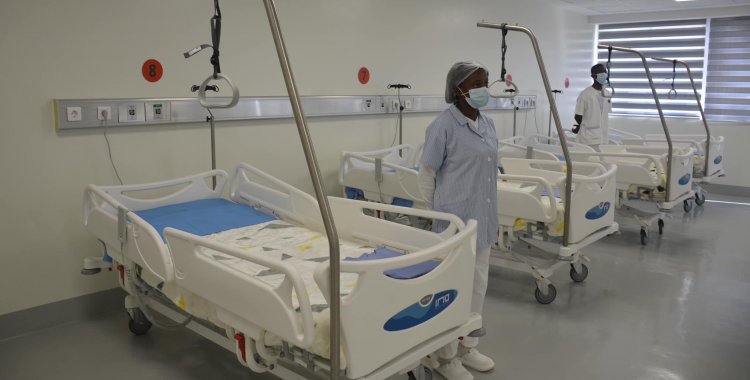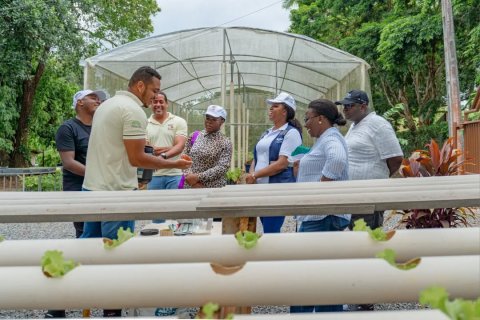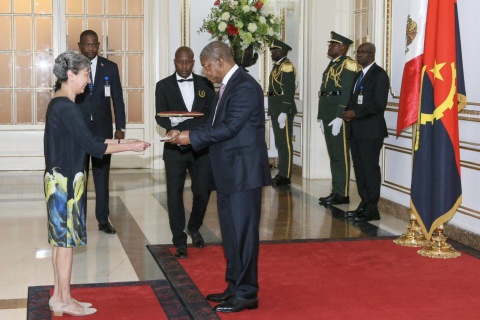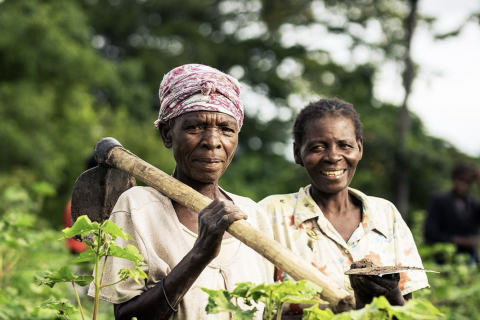According to a statement from the Ministry of Health, to which VerAngola had access, the completion of the first stage of the rehabilitation of this hospital has made it possible to "safely carry out more complex medical procedures in the five operating rooms, supported by a sterilization center, anatomy laboratory pathology, emergency bench and fully equipped intensive care services".
This Monday, Leonardo Europeu Inocêncio, Secretary of State for the Hospital Area, was visiting the hospital infrastructure, having visited its "clinical areas, care services, external consultations, inpatient wards and others that benefited from works in the first phase started in 2019". In addition, the secretary of state also noted the process of the second phase of rehabilitation underway at the aforementioned hospital, which includes "inpatient areas for patients with acute strokes, neurosurgery and a specific consultation unit for patients with diabetes".
Speaking on the occasion, the governor said that the acute phase stroke unit will allow thrombolysis to be carried out in cases of schemamia, in accordance with the International Protocol, allowing for "better motor recovery of the patient in a short space of time".
Quoted in the statement, the Secretary of State highlighted that the requalification works aimed to offer "better quality medical care with humanized services".
Among the areas of the hospital targeted for rehabilitation are also its basement, training rooms and amphitheater with capacity for 70 people.
Chemotherapy room scheduled to open in September
However, the news doesn't stop there. As part of the visit, the hospital's general director, Maria Lina Antunes, said that the opening of the chemotherapy room is scheduled for September.
"We're going to open a chemotherapy area in September, the room is ready, but the equipment hasn't arrived yet, we're going to open the room to do it just for the five or six most common cancers, because the medicines are very expensive and we don't have the budget for this year", said the clinical director who, cited by Angop, added that between January 2022 and December last year, 2196 cases of cancer had already been registered and, taking this data into account, it is necessary to start this type of treatment.
The person in charge predicted that next year the construction of its own infrastructure with protection against lightning to carry out radiotherapy could begin, given that there is already available space, and there is a lack of funding for the complete treatment of cancer patients in Huíla, and in addition from the province, they also welcome patients from other provinces such as Namibe, Cunene, Cuando Cubango, among others.
Quoted by Angop, the director said that in addition to the most common cancers, brain cancer appeared, which has been seen in Huíla, especially in children, adolescents and young people, taking everyone by surprise, adding that due to this type of cancer, the unit hospital is improving brain tumor operations, through a collaboration with Coimbra (in Portugal), bringing in a neurosurgeon from Coimbra to work together with local doctors and improve methods.
According to Maria Lina Antunes, the hospital does not have a neuronavigator, which is an expensive piece of equipment that offers greater precision in this type of surgery.
Breast, prostate, brain, cervical, skin, liver and bronchial and lung cancers are the most common types of cancer in that hospital.
In addition to the Lubango Central Hospital, during his visit to Lubango, the Secretary of State, who was accompanied by the governor of Huíla, Nuno Mahapi, also verified the level of execution of the works on the new Maternal and Child Hospital, which will have a capacity for 200 beds.







